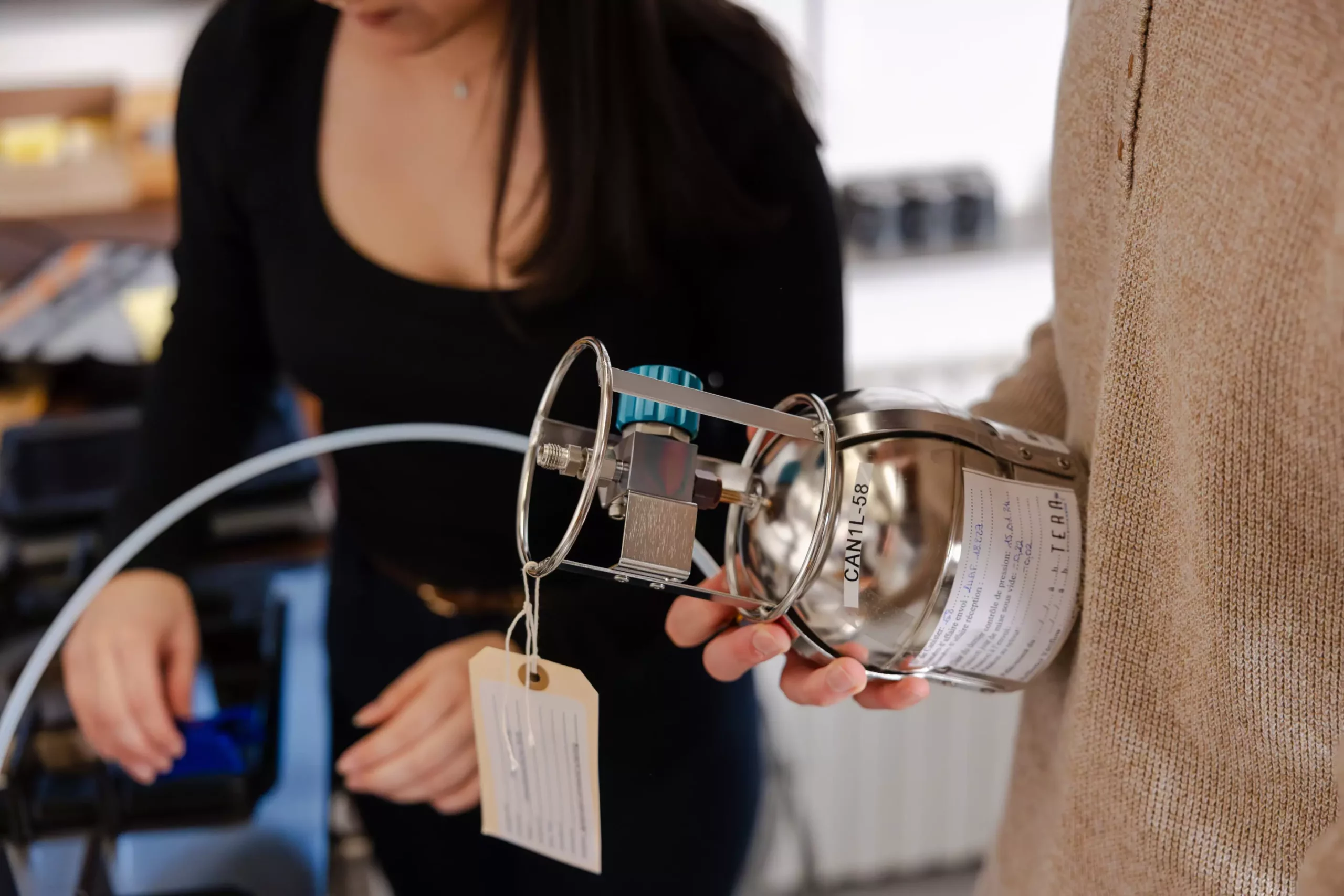Recent research has shed light on a concerning issue – the presence of natural gas leaks that go undetected even by individuals with an average sense of smell. The study, published in Environmental Research Letters, revealed that small gas leaks can significantly impact indoor air quality by introducing hazardous air pollutants, including the carcinogen benzene. Shockingly, benzene was found in 97% of natural gas samples across North America, raising questions about the safety of our living environments.
Lead author Sebastian Rowland, a scientist from PSE Healthy Energy, highlighted the challenge posed by these hard-to-smell leaks. While they may not be large enough to cause gas explosions, they can lead to a persistent indoor source of benzene and methane. This poses a serious health risk to residents, as prolonged exposure to these pollutants can have detrimental effects on human health. The fact that these leaks are difficult to identify and fix further exacerbates the problem, leaving individuals vulnerable to long-term exposure.
The Role of Odor in Detecting Gas Leaks
The study also explored the role of odor in alerting individuals to gas leaks. PSE Senior Scientist Drew Michanowicz emphasized that our sense of smell is the first and only line of defense against household-level gas leaks. However, the findings of the research call into question the reliance on odor alone to protect people from such leaks. With varying levels of odorants present in different cities and disparities in individual smelling sensitivity, there is a need for a more comprehensive approach to gas leak detection.
The research uncovered significant regional variations in natural gas composition and odorant levels. Cities like Vancouver, Los Angeles, Calgary, and Denver had notably higher benzene levels compared to others, with Vancouver exhibiting levels nearly fifty times greater than Boston. Similarly, Houston recorded odorant levels five times higher than Toronto, indicating geographical disparities in gas composition. This lack of standardization poses a challenge in ensuring consistent and effective gas leak detection mechanisms across different regions.
To address the issue of undetected gas leaks and enhance indoor air quality, the researchers put forth several recommendations. They suggested greater transparency in natural gas composition data, enabling regulators and consumers to make informed decisions. Additionally, stricter odorization standards, increased usage of leak detecting devices, and a reduction in gas consumption were proposed as measures to improve gas leak detection and mitigate health risks associated with indoor air pollution.
The findings of the research raise important concerns about the prevalence of undetected gas leaks and their implications for indoor air quality and public health. By recognizing the limitations of relying solely on odor for gas leak detection and implementing proactive measures to address this issue, we can create safer and healthier living environments for all.


Leave a Reply